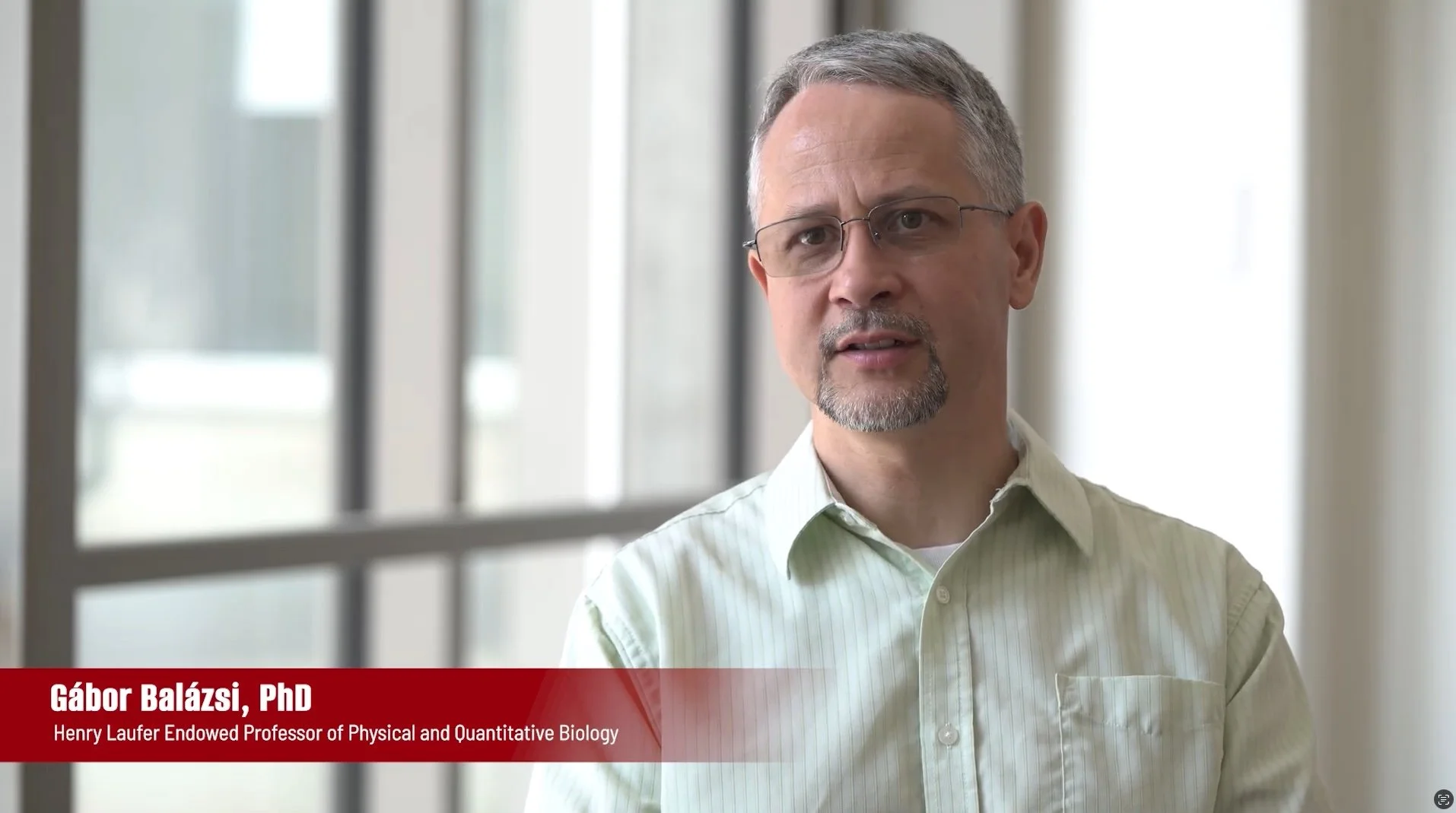About the Laufer Center
The Laufer Center was established in 2008 in loving memory of Louis and Beatrice Laufer by their children, Helen Laufer Kaplan and Howard Kaplan, Jeffrey and Barbara Laufer, and initiated by a major philanthropic gift from Henry and Marsha Laufer. It was based on a vision by Henry and Marsha working with Professor Arthur Grollman, University President Samuel Stanley, and Provost Eric Kaler. The goal was a graduate research center at Stony Brook University with a small core of endowed faculty who could become self-supporting through external research support. According to Chuck Vest, former president of MIT: Done right, donor-funded research centers are among the strongest ways modern universities can contribute to the long-term welfare of the society.
We opened in October 2010, when Ken Dill began as Director for a Center of research in Physical and Quantitative Biology. We moved into our current Laufer Center building in September 2012. In January 2023, Ivet Bahar joined the Laufer Center as the Louis & Beatrice Laufer Endowed Professor and new Director. With our core and affiliated faculty across 10 departments at Stony Brook University including the SBU Renaissance School of Medicine, and at the Cold Spring Harbor Lab, we are now a research hub at the interface between Life Sciences and Physical/ Mathematical/ Computer Sciences on Long Island, NY. Our research areas include molecular biophysics, synthetic biology, cell and systems biology, network biology, drug discovery, and neurobiology/neuroscience. A Physical and Computational Biology (PQB) track is offered to our PhD students through multiple PhD programs at Stony Brook. Other activities include public seminar series, periodic retreats and various campus networking events.
The Laufer Center is a hub for research in Physical and Quantitative Biology at Stony Brook University. We advance biology and medicine through discoveries in physical, mathematical, and computational sciences.
See an overview of our recent accomplishments in the video on the right, presented by the Director, Ivet Bahar, and the Laufer Center Core faculty.
The video below highlights activities from earlier years with the leadership of the Founding Director, Ken A. Dill.

We discover, develop, and disseminate.
We catalyze critical-mass teams to eliminate bottlenecks and overcome barriers to discovery. We develop fundamental models, theory, and methods of physical sciences, leveraging advances in experimental and computational (AI) technologies. We effectively disseminate our findings and tools, and help train a new generation of scientists/experts that will lead future discoveries in academia and industry.

Click the YouTube videos below for an overview of the research of our faculty presented at Investiture Ceremonies in 2024 and 2025
Lina Carlini, 2024 Investiture Ceremony
Ken Dill, 2024 Investiture Ceremony
Gabor Balazsi, 2025 Investiture Ceremony
Ivet Bahar, 2024 Investiture Ceremony
Carlos Simmerling, 2024 Investiture Ceremony
Our Vision
Innovation
•To lay the theoretical and methodological foundations to turn data into knowledge
•To develop methodology one step ahead of advances in experimental technology
•Propose transformative/bold ideas, solutions and novel hypotheses
Integration
•Across disciplines (from life sciences to physical, comp and math sciences)
• Between experiments and theory: biology drives theory/computations, which generate new knowledge
• Across scales: molecular origins of cellular events, and the cellular bases of organ or organism (dys)function
Inclusion
•Critical mass needed to accomplish research and education initiatives
•Interdisciplinarity and diversity to enable synergistic collaboration
•Outreach to broader community to enable broad use and high impact
























